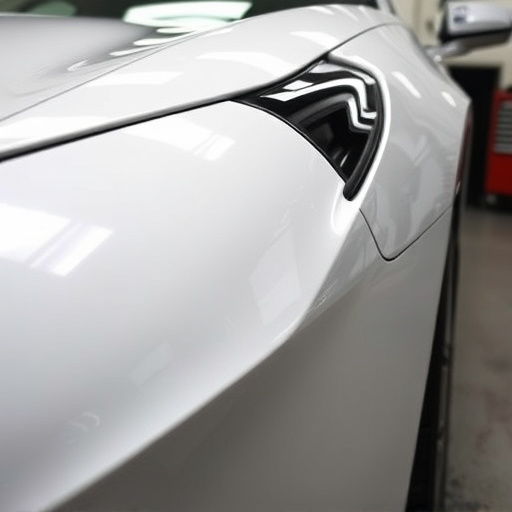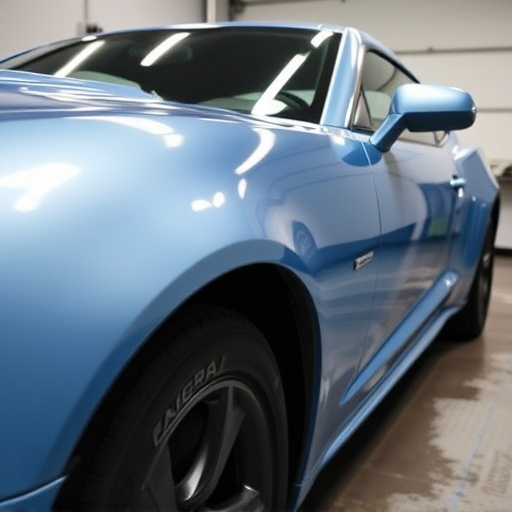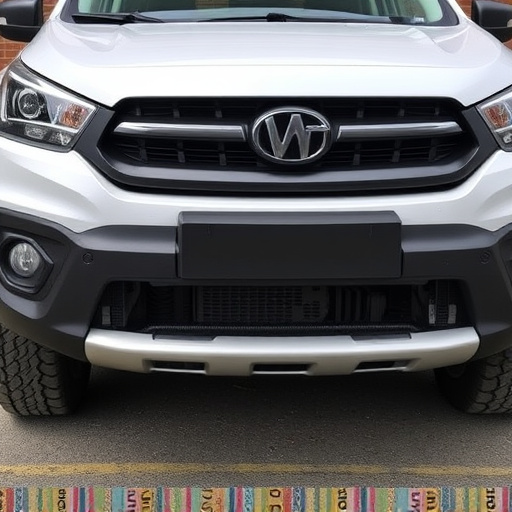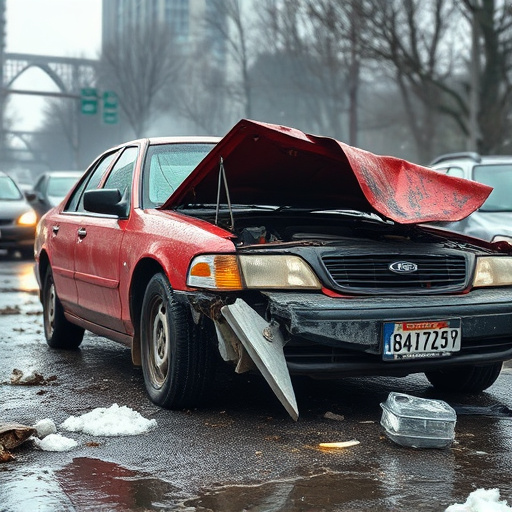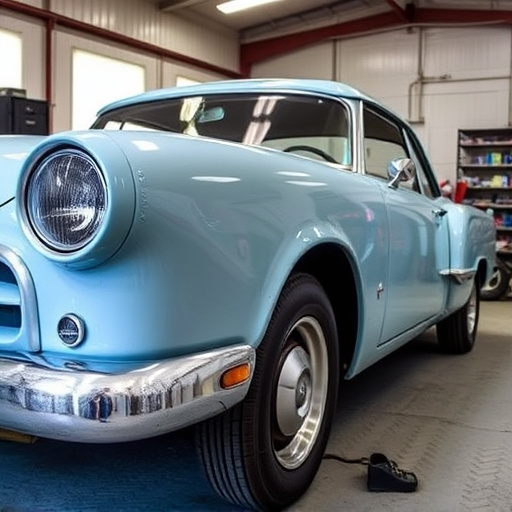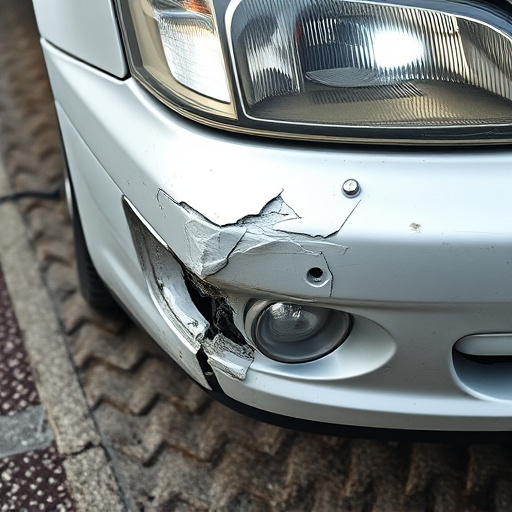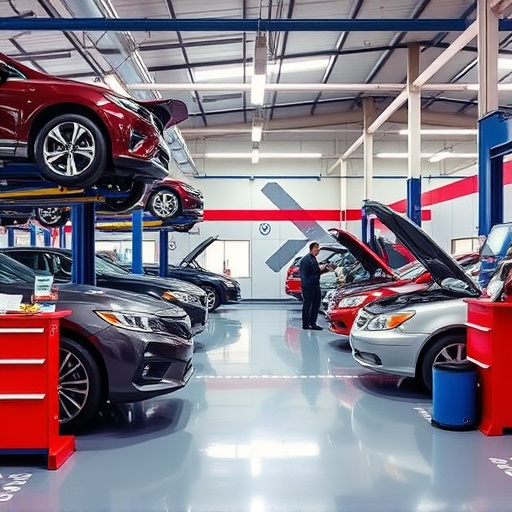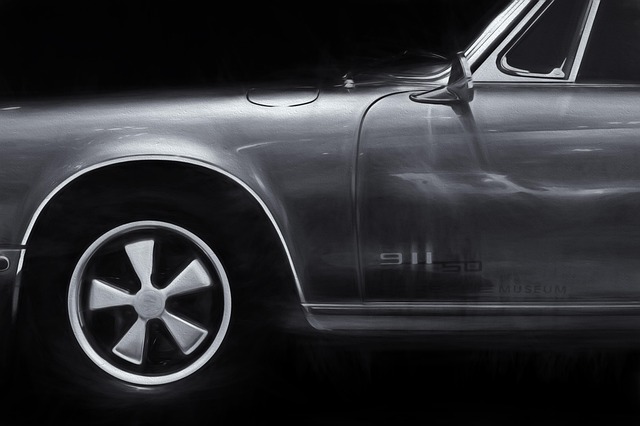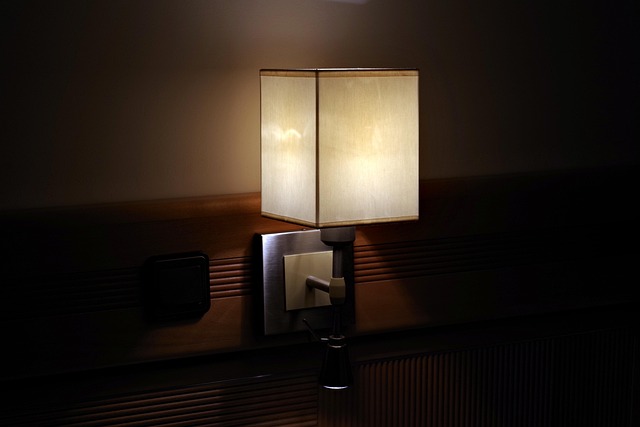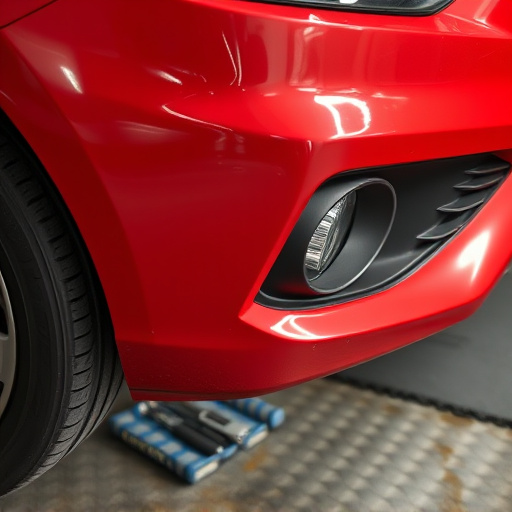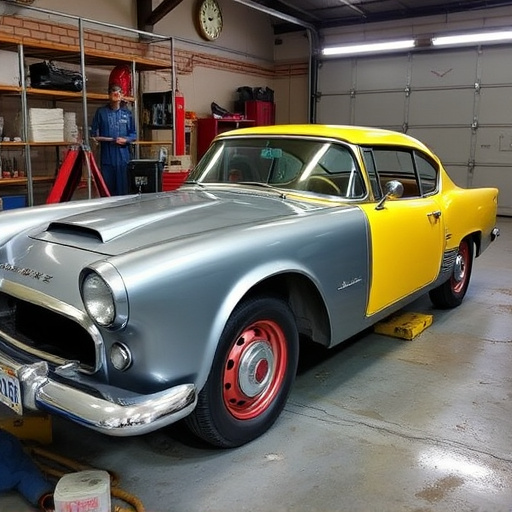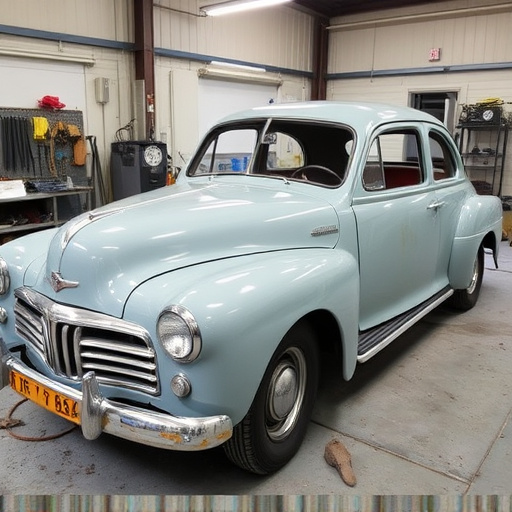Metal reshaping PDR (Paintless Dent Repair) is a cutting-edge, non-invasive auto repair technique that allows technicians to realign dented vehicle panels without damaging the original finish or structure. By using advanced tools and computer-aided design systems, this method offers faster turnaround times, reduced labor costs, and superior customer satisfaction compared to traditional repair methods. It preserves both the aesthetic appeal and structural integrity of vehicles, making it an efficient and effective game-changer for auto detailing, including Mercedes Benz and fender repairs.
In the realm of automotive repair, technicians constantly seek efficient solutions for damage restoration. Metal Reshaping PDR (Paintless Damage Repair) services have emerged as a game-changer, offering precise and effective fixes without extensive painting. This article delves into the reasons behind technicians’ growing reliance on metal reshaping PDR. We explore the benefits of this process, from restoring vehicle aesthetics to streamlining workflow, addressing common challenges, and highlighting the technological advancements that make it a top choice for professionals.
- Understanding Metal Reshaping: The Process and Its Benefits for Technicians
- Common Challenges Technicians Face and How PDR Services Provide Solutions
- The Role of Technology in Metal Reshaping PDR: Enhancing Efficiency and Precision
Understanding Metal Reshaping: The Process and Its Benefits for Technicians
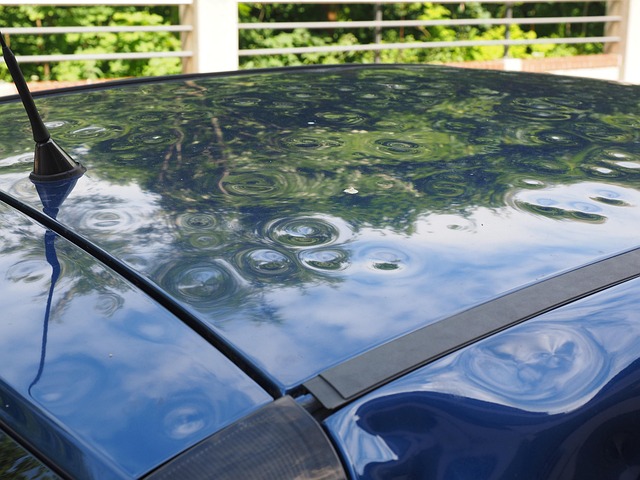
Metal reshaping PDR (Paintless Dent Repair) is a specialized technique that has revolutionized car body repair among technicians. This process involves manipulating and realigning a vehicle’s dented panel without damaging its original finish or structure, making it an ideal solution for minor dents and scratches. Technicians rely on metal reshaping PDR services because of its versatility and significant advantages over traditional repair methods.
The process begins with the technician carefully assessing the damage and identifying areas suitable for metal reshaping. Using specialized tools and techniques, they gently apply pressure to the dented area, allowing the metal to return to its original shape. This non-invasive approach not only preserves the vehicle’s aesthetic appeal but also ensures structural integrity. By opting for metal reshaping PDR over more invasive body shop services or lengthy and costly vehicle repair procedures, technicians can offer faster turnaround times, reduced labor costs, and superior customer satisfaction in car body repair.
Common Challenges Technicians Face and How PDR Services Provide Solutions
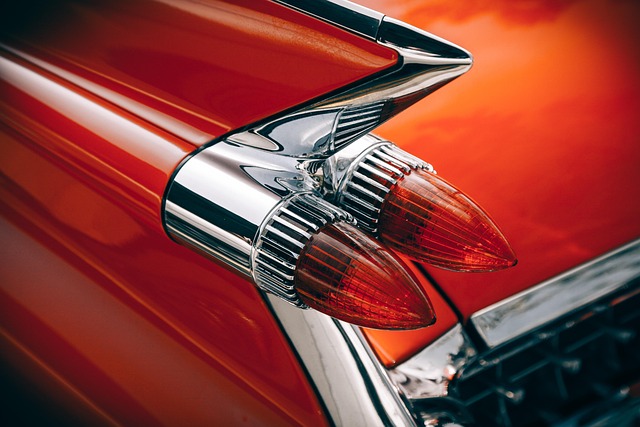
Technicians working in the automotive industry often encounter various challenges when it comes to restoring and repairing vehicles. One significant hurdle is the intricate nature of modern car designs, especially in terms of complex metal structures. Bumper repair and car bodywork require precision and expertise to match the original craftsmanship. This is where Metal Reshaping PDR (Paintless Dent Repair) services become invaluable.
PDR techniques offer a solution to these common challenges by providing a non-invasive method for repairing dents and dings in auto detailing. Unlike traditional bumper repair methods, which might involve extensive painting and body work, PDR uses specialized tools and expertise to reshape metal without damaging the surface. This not only saves time and costs but also ensures that vehicles retain their original appearance, making them look as good as new. With its ability to preserve the integrity of car bodywork, PDR is a game-changer for technicians seeking efficient and effective solutions.
The Role of Technology in Metal Reshaping PDR: Enhancing Efficiency and Precision

In today’s digital era, technology plays a pivotal role in transforming traditional auto repair processes, and metal reshaping PDR (Paintless Dent Repair) is no exception. Advanced tools and equipment have revolutionized the way technicians address dent removal and restoration. By utilizing specialized machinery, such as impact guns and precision-cut tools, they can now achieve intricate reshaping with remarkable speed and accuracy. This not only enhances efficiency but also ensures minimal damage to the vehicle’s original paintwork.
The integration of technology in metal reshaping PDR offers several advantages for Mercedes Benz repair, fender repair, and auto dent repair services. It enables technicians to deliver high-quality results while saving time on labor-intensive tasks. Through computer-aided design (CAD) systems and digital imaging, they can precisely map the damage, plan the repair process, and predict the final outcome before beginning any work. This level of precision is particularly valuable in complex cases, ensuring that every dent and scratch is effectively remedied, maintaining the vehicle’s aesthetic appeal and resale value.
Technicians increasingly rely on metal reshaping PDR services due to their ability to efficiently and precisely restore damaged vehicle bodies. By understanding the process, leveraging technology, and addressing common challenges, these services ensure superior results, enhancing customer satisfaction and streamlining repair workflows. Metal reshaping PDR stands as a game-changer in the automotive industry, offering both practical solutions and competitive advantages.
